Last updated on February 4th, 2024 at 04:20 pm
When fishing the surf, it is very important to study the tides. Tidal movement and current will often trigger feeding activity along the beach front, and traveling the beach at high tide can be more difficult. The rising (or flood) tide water moves toward land and when it reaches its peak its called high tide. The falling tide (ebb) moves water back out to sea and at its lowest is called low tide. Surf fishing and the tides, go hand and hand.
QUICK LOOK:
The tides have an important impact on surf fishing. Moving water is the key. High tide brings deeper water within easier casting range and larger predators will venture in close to shore. The outgoing tide can be productive as well as bait being pulled off shore with the outflowing current. Slack tide, high or low, means no movement and no current. This will be the least productive fishing time. Extremely high tides can make beach driving extremely difficult, or even dangerous.
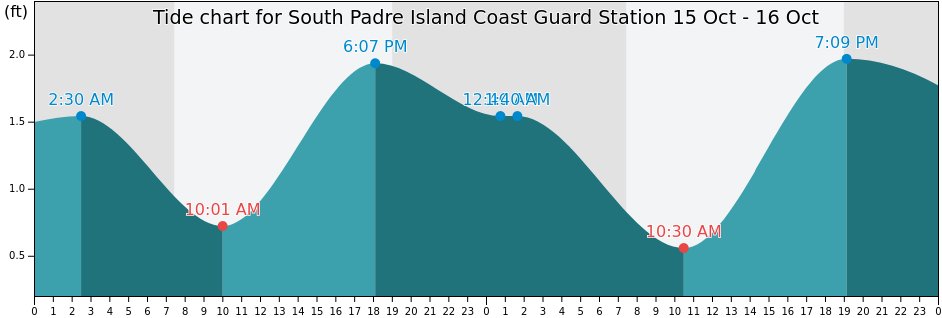
Tides are caused by the gravitational pull of the moon and sun on the waters of the earth. The moon being closer to the earth has the biggest effect on tides. The earths orbit and tilt will affect tides as well. During the full and new moon phases, the tides are more extreme. The tide change is larger and the water (current) moves faster which makes for better fishing.
Surf Fishing High Tide
The high tide pushes water up onto the beach front and with it deeper water closer to shore. Larger predators will venture closer to shore in search of an easy meal. The Bait fish get pushed up next to the beach in the first gut by the feeding activity of these predators. Surf Fishing at high tide is easier simply because the deeper water and feeding activity is in closer, and well with in the reach of most casters.
More important than the High Tide, is tidal movement. The incoming tide causes current which moves bait. Smaller bait fish have more difficulty swimming in strong currents than their larger predators which use this to their advantage to ambush prey being swept along by the current.
On the incoming tide, predators will hang out along the inside (shore ward) edge of the first sandbar waiting in ambush for the tidal currents washing over the bar to push bait off into the gut for an easy meal. At peak high tide, they will more likely be pushing the bait schools up close to the beach trapping their prey up against the beach.
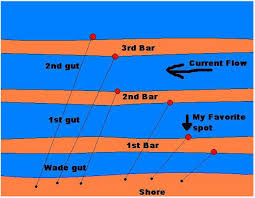
Surf Fishing Low Tide
Fishing the Surf at low tide is usually much slower, but can be productive in the right locations and under the right conditions. Low tide is always a good time to cruise the beach because the low water levels make identifying the guts, rips, pinch points and other structure much easier.
The low water levels make it harder for larger fish to maneuver and makes them less comfortable in close to shore, but it also concentrates the bait in a smaller area making it easier to find and ambush. If you can find a gut that still has some good depth at low tide, and has bait present, its worth your while to give it a try.
On the low tide, guts with pinch points are also good spot to try. Larger fish will herd bait down the gut up into these pinch points to make them easier to catch and eat. Like with the high tide, slack low tide is probably the slowest fishing of the day. An out going tide will pull water away from the beach and if the tidal current is strong it will pull bait fish with it again making it easier to ambush.
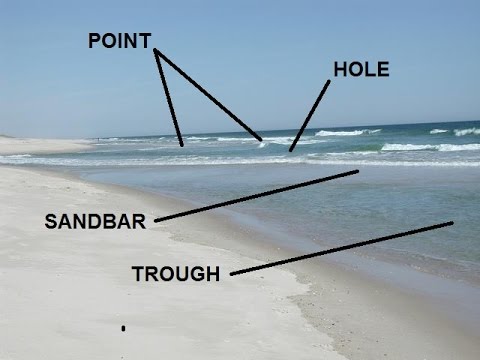
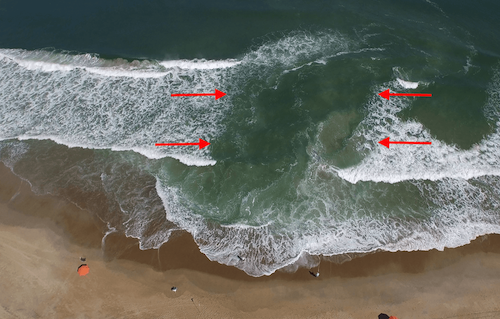
On the out going tide, fish will be cruising the outside (seaward) edges of the sandbars letting the out flowing current wash the bait off the bar and into their feeding zone. This is also a good time to fish rip currents ( wash-outs in the bar where outgoing water returns offshore). Particular the eddies formed on the back side of the bar on the outside edges of the rip current.
Fish will hang out in these eddies and ambush prey being sucked out to sea by the rip current. So, high tide, or low tide, not as important as tidal movement. Feeding activity will be greater when there is tidal movement.
Slack Tide – Slow Fishing
Slack tide, either high or low, will be slow fishing. At slack tide, there will be no tidal movement (current) to push and concentrate the bait. Also, smaller bait fish will scatter and have a better chance of escaping with no current to fight.
During Slack tide along the beach front, there can still be some wind and wave driven current, but until the tide starts to move, generally speaking, fishing will be slow. Take the time to find a good location, rig up, position yourself, gather some fresh bait so you’re prepared for the tide change.
Which Tide is Better for Surf Fishing?
The beginning of the incoming tide is generally the best fishing along the surf. Red drum, Speckled Trout, Bluefish, mackerel, Stripers, Sharks and others will move in closer to the beach within easier casting distance with the incoming tide. Once the tidal current starts to move, the small bait fish will be pulled along on the strong currents and rips and the predator fish have an easier time ambushing an easy meal.
Larger tides will push more water and create more current and they will usually be the better fishing. Remember, its water movement (current) that that is more important than whether its high or low tide. Typically, the larger tides will be around the full or new moon phases. A good tide chart will have this information as well as the size of the tides.
Time of day will play an important role in feeding activity as well. Predators are usually more active in the low light hours of early morning and late evening. Using the low light conditions to help ambush their prey. Good tidal movement in conjunction with early morning or late evening is your best bet for good fishing. Check out the Surf Fishing Course by Randy Meyers for some good tips and tactics on Surf Fishing. You can also read my article on what is surf fishing here.
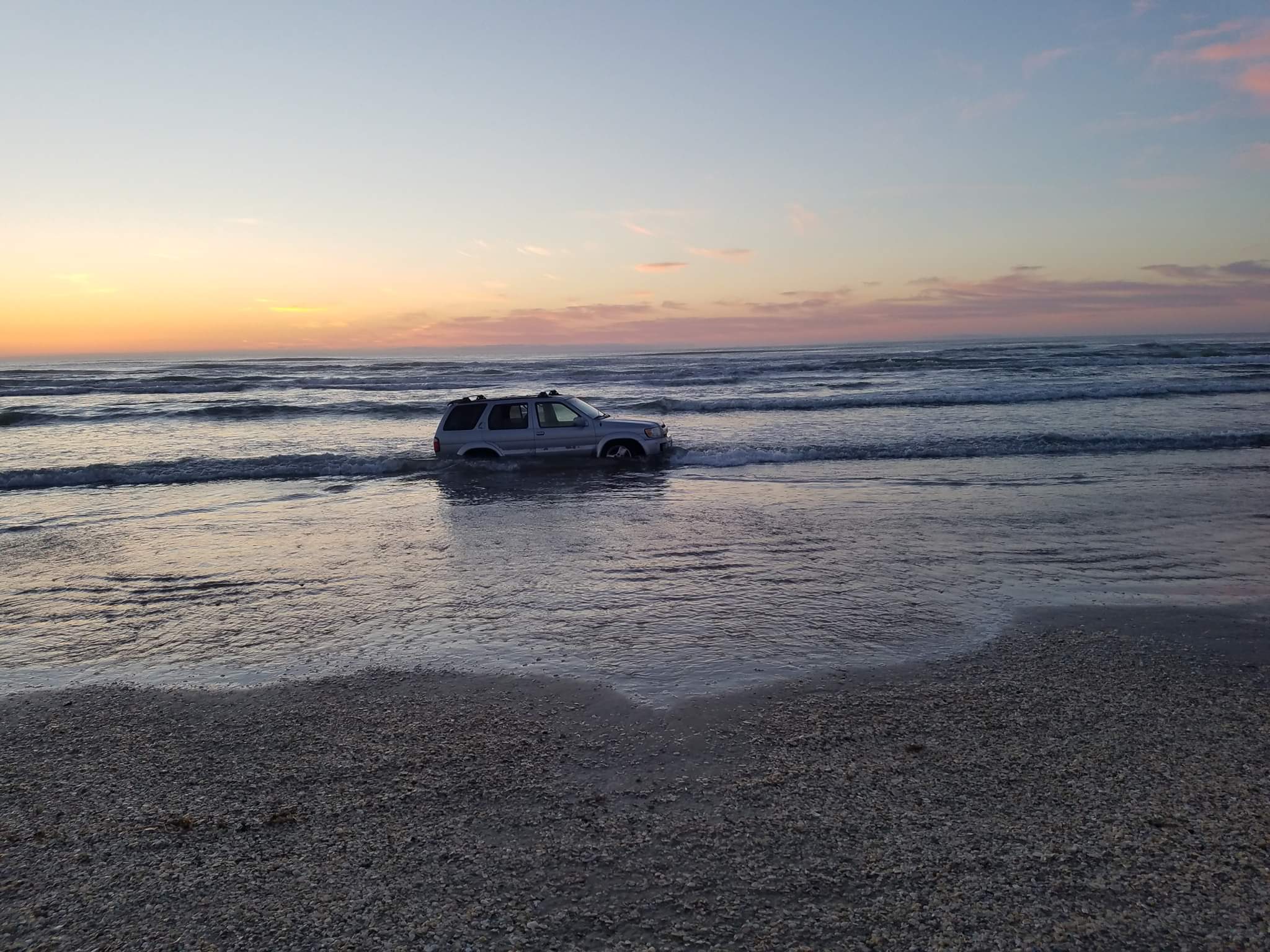
Surf Fishing and the Tides
Study your local tide charts before your next surf fishing trip. Use slack low tide to recon the beach and mark good likely fishing spots for when the tide starts to move back in. Then get you some baits in the water as it tide change starts. Watch for bait concentrations, bird activity, signs of feeding fish and don’t be afraid to pick up and move down the beach if nothing is happening where you are.
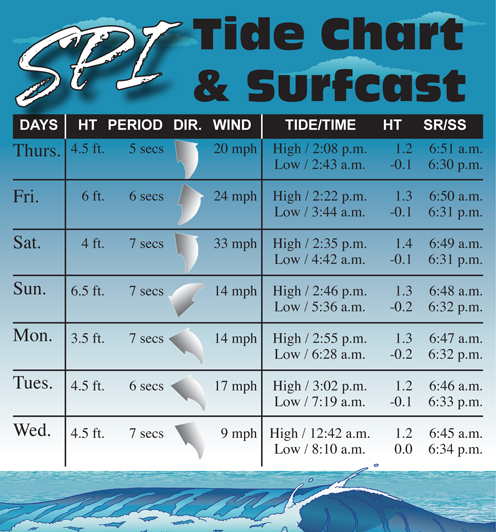
Essential Surf Fishing Gear:
- Surf Fishing Rods, surf rods are typically longer and heavier duty than standard rods. – read more.
- Surf fishing Reels,larger and stronger with greater line capacity to handle big fish. – read more.
- Surf fishing Rod and Reel Combos, pre-matched rod and reel set ups for surf fishing – read more.
- Sand Spike Rod holder, holds your rods securely while you wait for that big bite. – read more.
- Surf Fishing Rigs, terminal tackle for fishing the surf. – read more.
- Surf fishing Carts, for beaches that won’t allow vehicles you need a way to carry your gear – read more.
- Rod Racks for Vehicles, carry your rods out of harms way and easy to access- read more.
- Beach Camping Gear, in case you want to fish all night or for several days – read more.
Enjoy the journey, you’re on the beach it”s all good. Be safe, if you’re going to wade the surf particularly around rip currents, always wear a life jacket (PFD). Try to be courteous and kind to other fisherman and beach goers and please leave the beach cleaner than you found it. If you have any comments, questions, ideas or suggestions, please leave them in the comment section below and I will get back to you. You can follow us on Facebook: Rex The Beach Angler, Instagram: thebeachangler7, Twitter: @AnglerBeach, and YouTube: Man Art Creations.
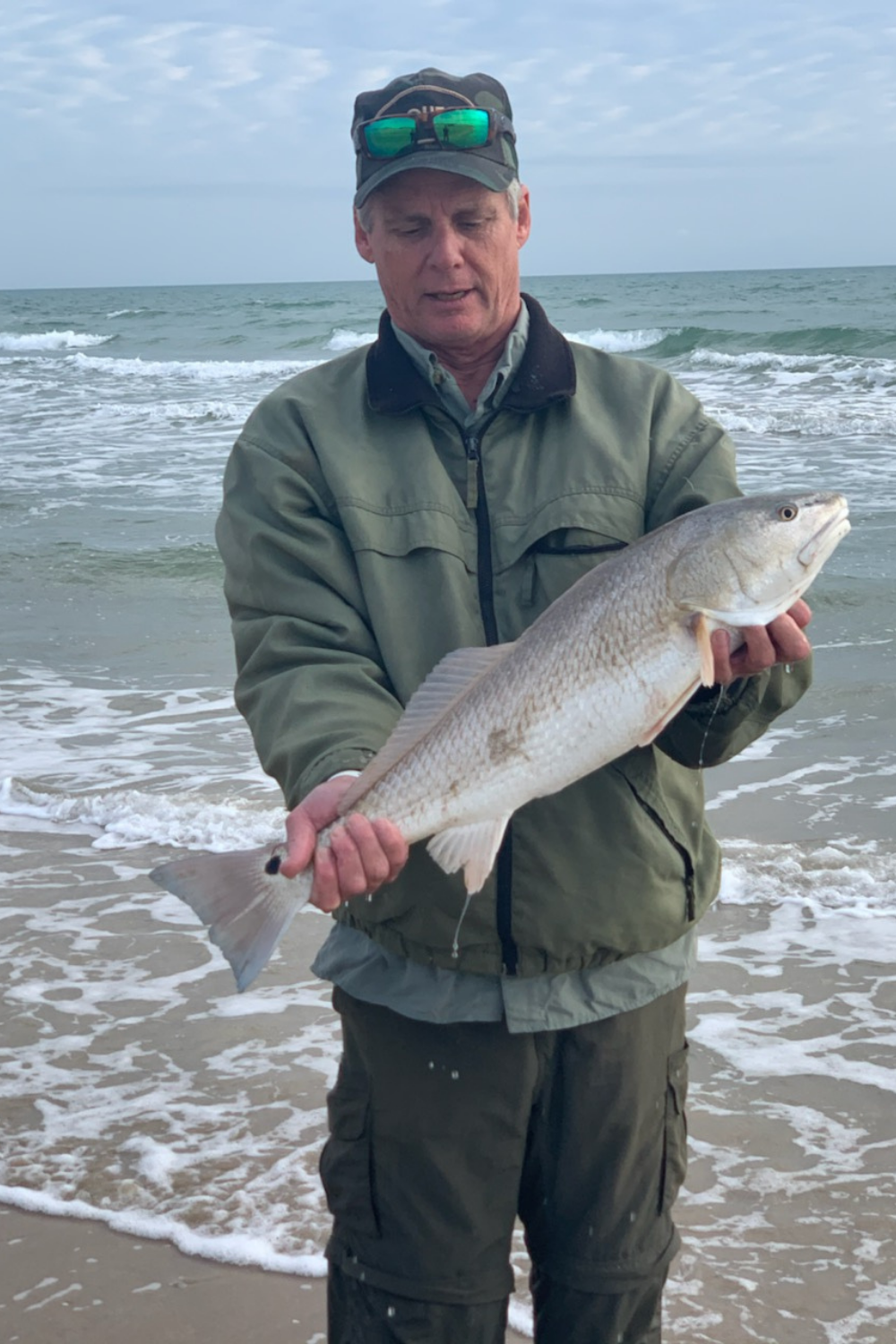
A life long surf fisherman with 50+ years of experience, I am also an avid hunter and outdoorsman. I will be sharing my passion for the outdoors with you so be prepared for hunting, fishing, camping, hiking and more. Along with gear reviews and the latest trends and innovations in the outdoor industry.
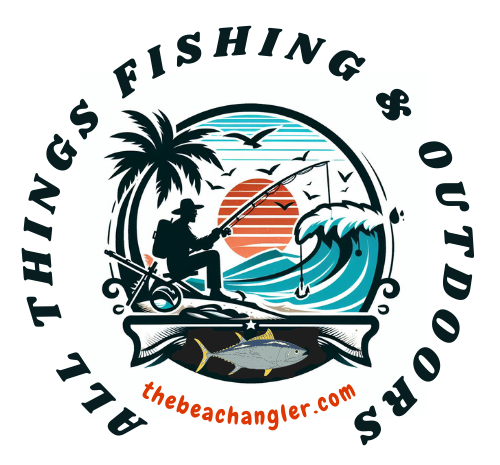
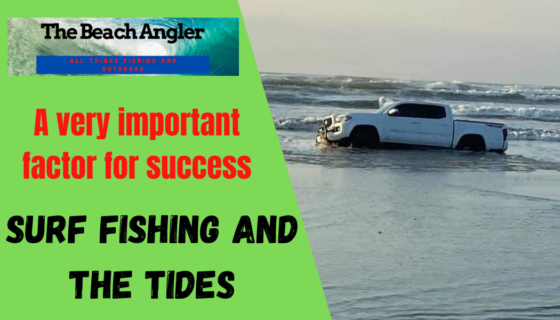
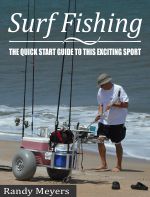

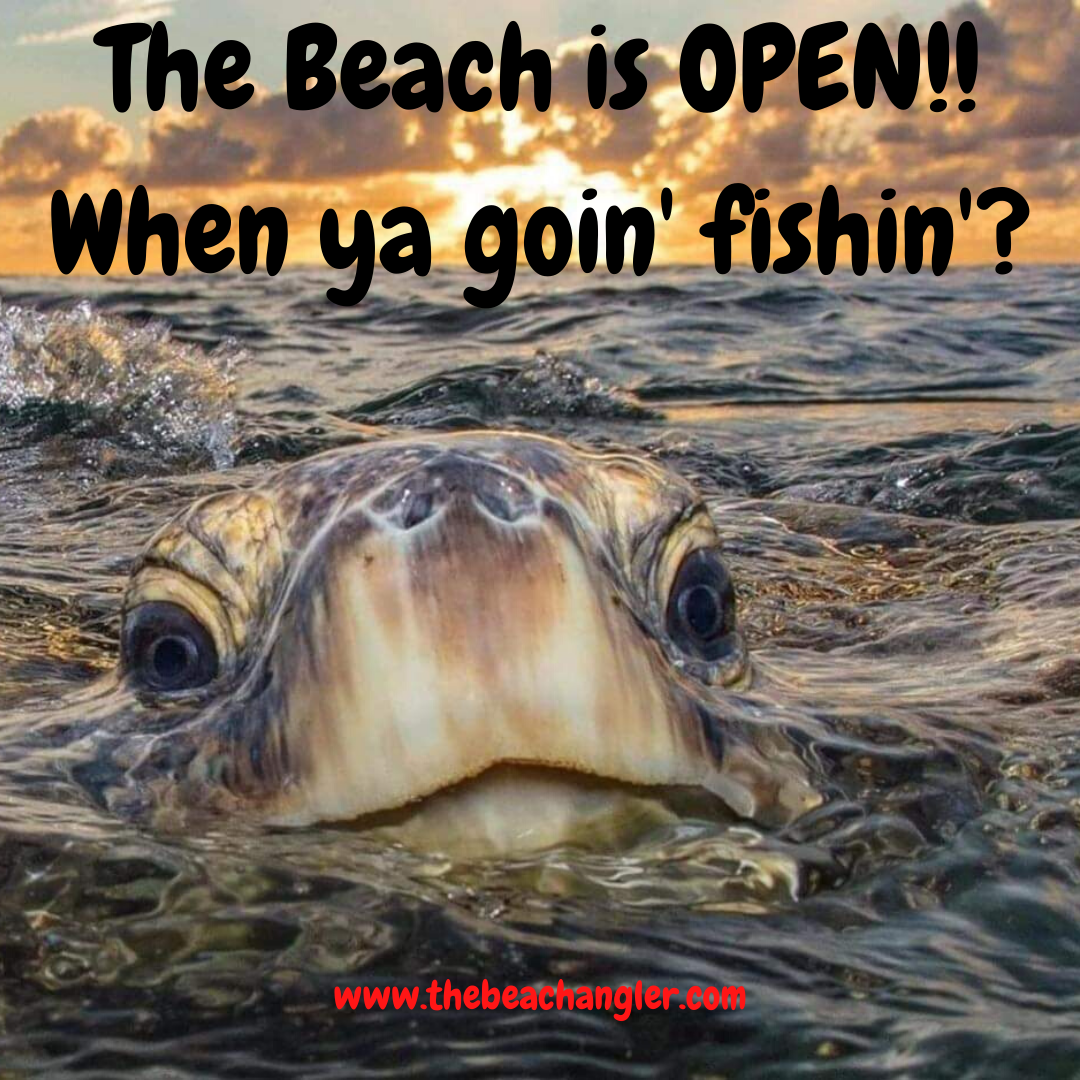
Interesting post. Thanks for sharing it with us.
I had no idea, that those fishermen I see along the beaches are practically scientists!! I was caught by the images and as I love the beach and a good surf I read through your article. Very thourough and interesting. Next time I see a fishermen I will give them the link and ask if they know about this!
I find it very interesting for example that it is not whether the tide is incoming or outgoing but the current, that is important. Predators have a better time keeping up with the current than the bait. I never thought of that. Thank you for a good read!
Glad you enjoyed it Jana. Thanks for the kind words.